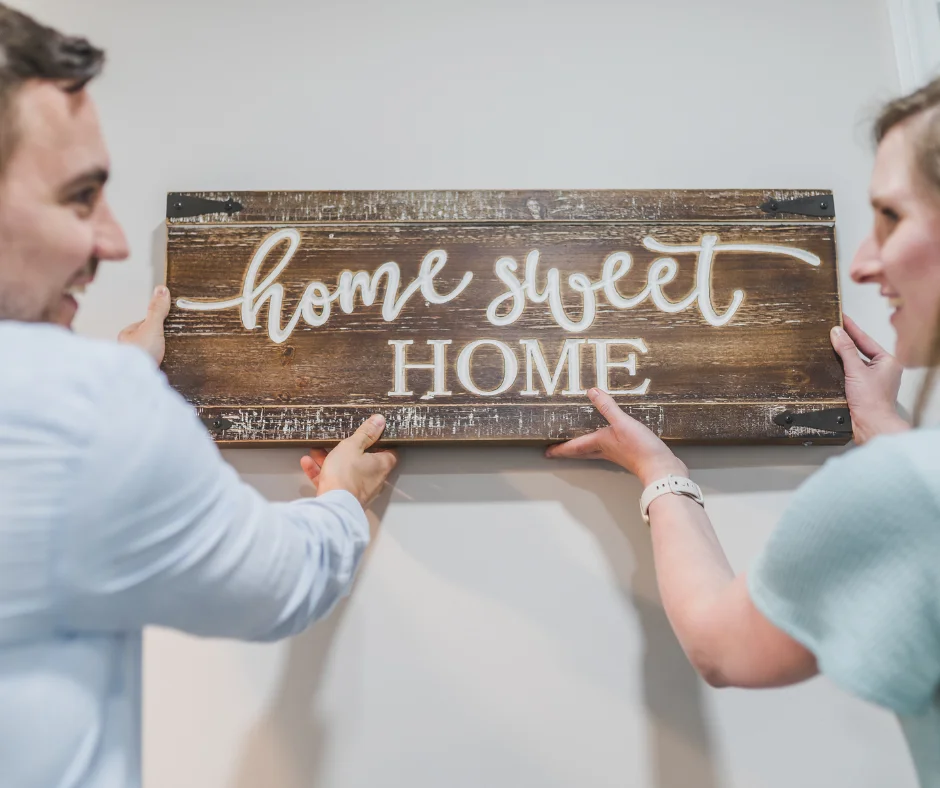Mastering Home Affordability: Your Guide to Stress-Free Homeownership!
Unlock the secrets to easy home buying! Wave goodbye to stress as you learn to budget smartly, tackle tricky loan options, and step confidently into your dream home.

Buying a home is one of the most significant decisions you’ll make in your life. It’s exciting, but it can also feel overwhelming, especially when it comes to understanding how much you can afford. You want to make sure you’re making smart financial choices while still getting the home you’ve always dreamed of. That’s where mastering home affordability comes into play.
Home affordability isn’t just about the purchase price; it's about the total cost of owning a home. This includes your mortgage payment, property taxes, insurance, maintenance, and other expenses related to homeownership. To truly enjoy stress-free homeownership, you need to understand all the pieces that fit into this puzzle.
The first step in mastering home affordability is to know your budget. Start by looking at your monthly income and expenses. Make a list of what you earn and what you spend each month. This will help you see how much money you have left over to put towards a mortgage payment. It’s essential to be honest with yourself. If you’re living on a tight budget, you might have to rethink how much you can afford to spend on a home.
Next, consider your debt-to-income ratio (DTI). This tells lenders how much of your monthly income goes towards paying off debt. It’s calculated by dividing your total monthly debt payments by your gross monthly income. Most lenders prefer a DTI of 43% or less, but the lower, the better. A lower DTI means you have more income available to cover your mortgage and other living expenses.
Another critical factor is the down payment. The size of your down payment can significantly affect your monthly payment and whether you need to pay private mortgage insurance (PMI). A larger down payment can help you avoid PMI, which is an additional monthly cost that protects the lender if you default on your loan. Aim for at least 20% down if possible, but remember, many mortgage options allow for much lower down payments. Just ensure that you factor this into your budgeting.
You also need to think about the type of mortgage that suits your financial situation. There are several options available, including fixed-rate mortgages, adjustable-rate mortgages, and government-backed loans. A fixed-rate mortgage provides stability, as your interest rate and monthly payments stay the same over the life of the loan. An adjustable-rate mortgage may start with lower payments, but those payments can increase significantly after a certain period. It's crucial to fully understand how each type of mortgage works and what it means for your long-term financial plans.
While the mortgage payment is usually the most considerable piece of the puzzle, don’t forget about property taxes and homeowners insurance. These costs can add hundreds of dollars to your monthly payment, sometimes more! Research property tax rates in the area you’re considering. And don’t skip out on getting homeowners insurance. Not only is it typically required by lenders, but it also protects your investment.
Home maintenance and repair costs are other factors you should include in your budget. Owning a home means you’re responsible for repairs, yard work, and general upkeep. A good rule of thumb is to set aside 1-2% of your home’s value each year for maintenance. This way, when that leaky roof or broken furnace comes knocking, you’ll be prepared.
Another great way to ease the stress of homeownership is to build an emergency fund. Life can throw unexpected expenses your way, and having savings set aside can be a lifesaver. Aim for three to six months’ worth of living expenses. This safety net will help you manage financial surprises without jeopardizing your mortgage payments.
Don’t forget about lifestyle factors too. Think about your personal and family needs, such as schools, commute, and community amenities. Sometimes, a beautiful home might not be in the right neighborhood for your family’s needs. Balancing your home’s affordability with your lifestyle goals is crucial.
An often-overlooked piece of the puzzle is the mortgage pre-approval process. Getting pre-approved for a mortgage can give you a clearer picture of how much you can afford. It also shows sellers that you’re serious about buying, which can be a significant advantage in a competitive market. Your loan officer will help you understand what documents you need and how to get pre-approved, streamlining the home-buying process.
Throughout this journey, communication is key. If you’re married or living with a partner, make sure you're on the same page about budgeting and affordability. Discuss your wants and needs openly, and don’t shy away from talking about money. It’s vital that both of you feel comfortable and confident about the financial decisions you’ll be making together.
As you navigate the world of home affordability, remember that you’re not alone. It’s perfectly normal to have questions or feel uncertain about the process. Our team of knowledgeable mortgage loan officers is here to support you every step of the way. We can help you understand your financial situation, guide you through the mortgage options available, and tailor a plan that works for you.
Mastering home affordability may take time, but the peace of mind that comes with knowing you made a sound investment is well worth it. If you’re ready to start your journey or have specific questions about your financial needs, don’t hesitate to reach out. We’re here to make the dream of homeownership a reality for you!